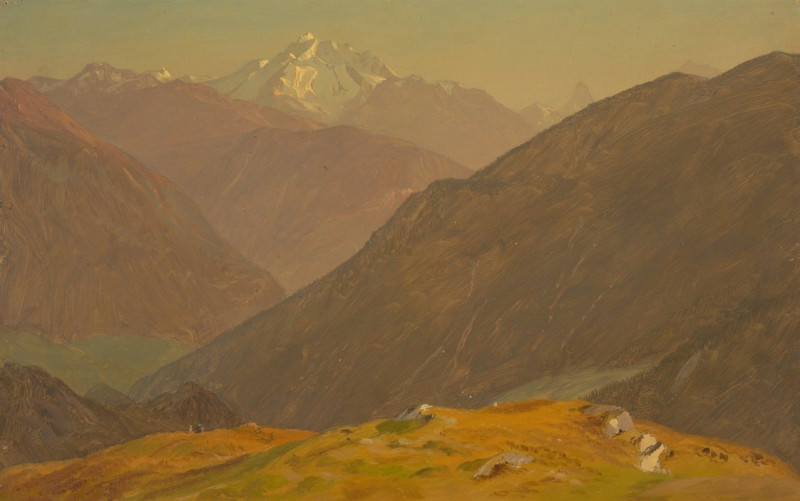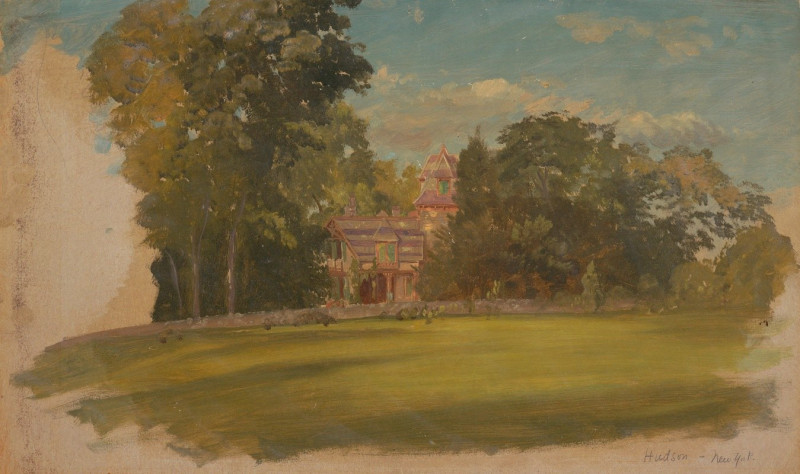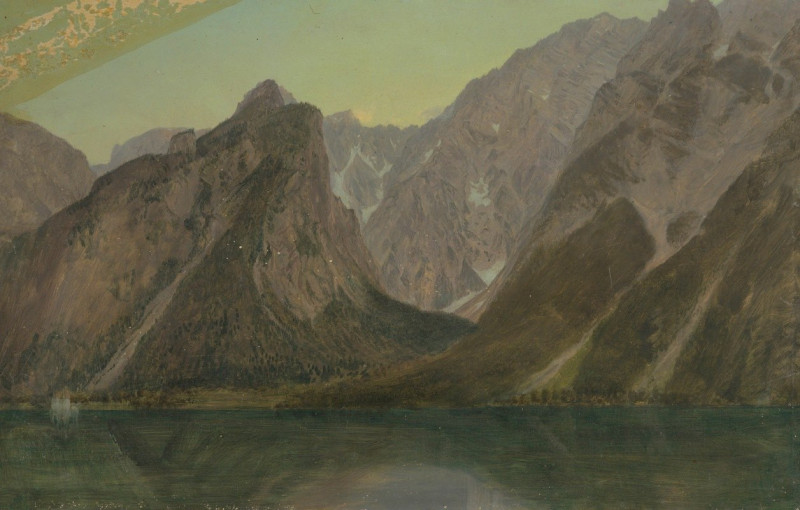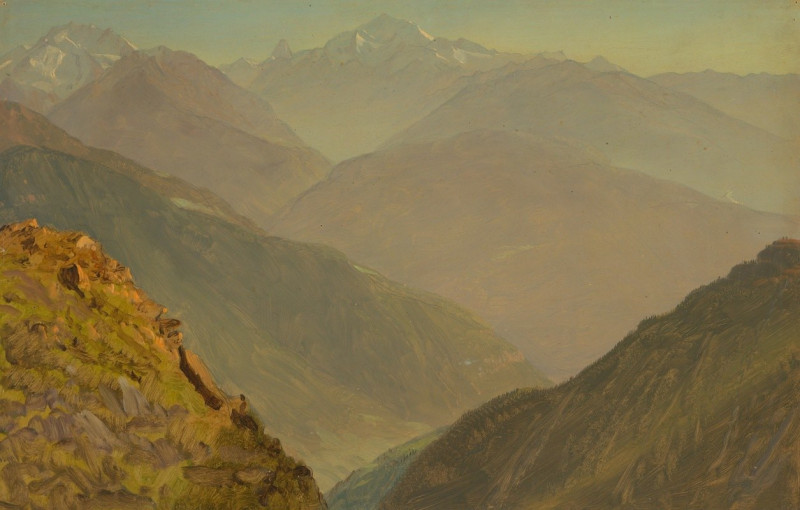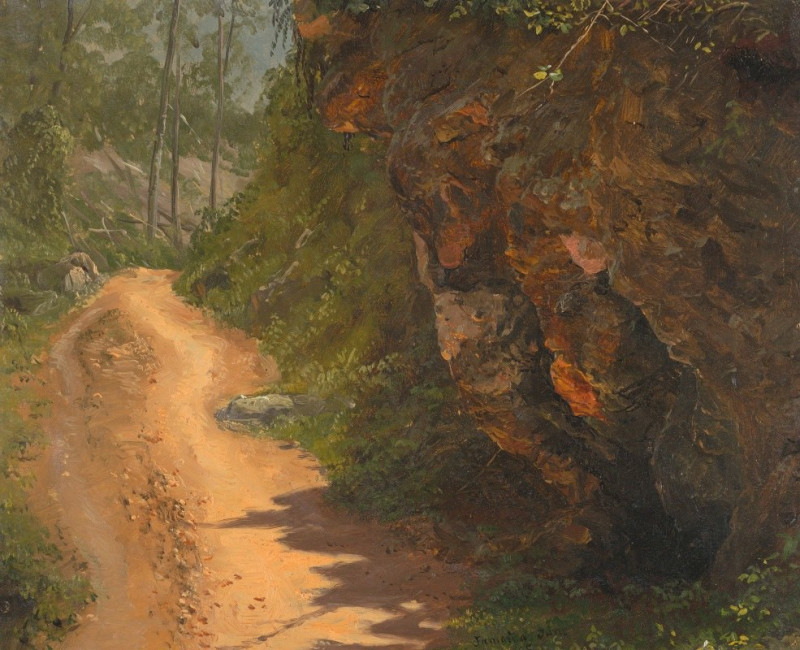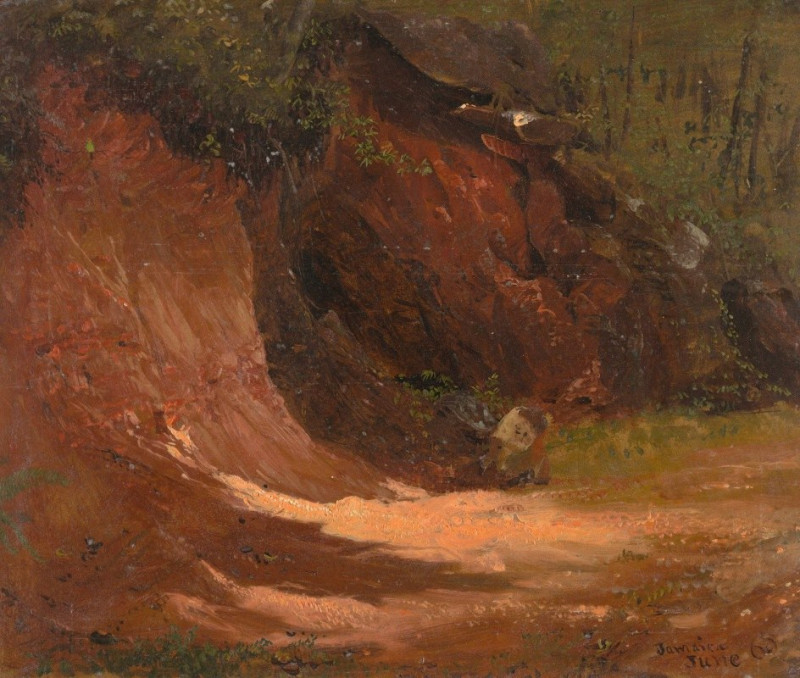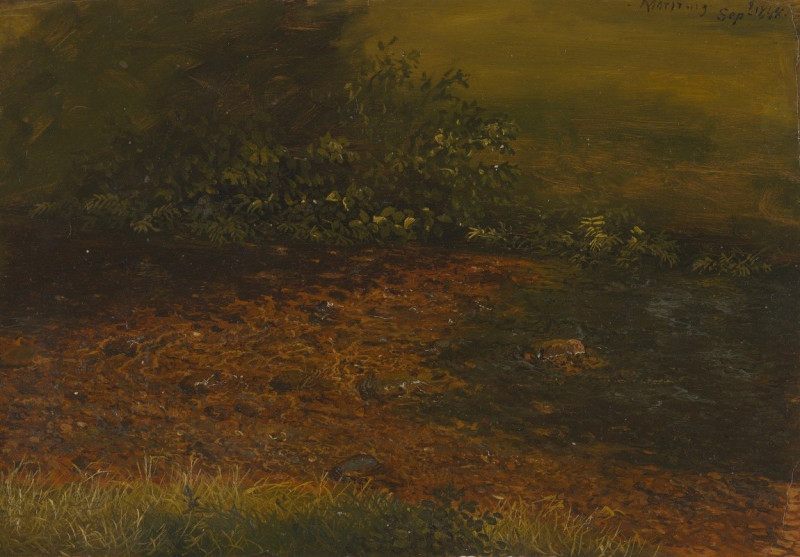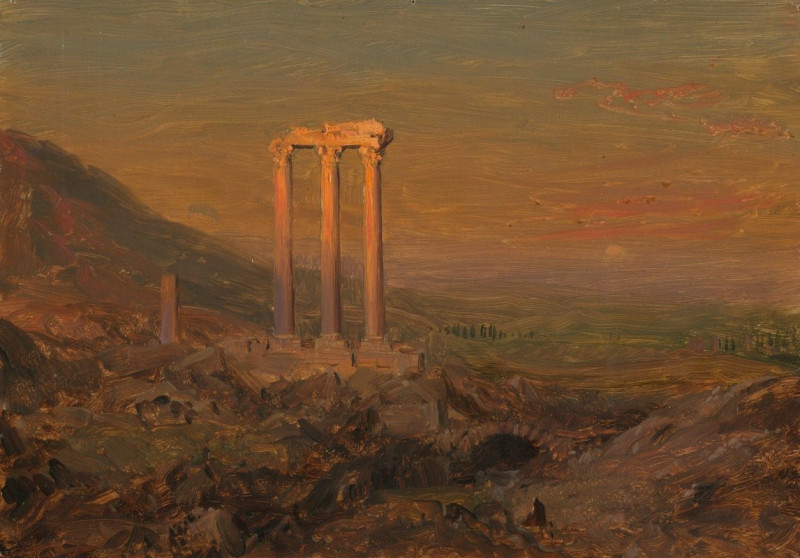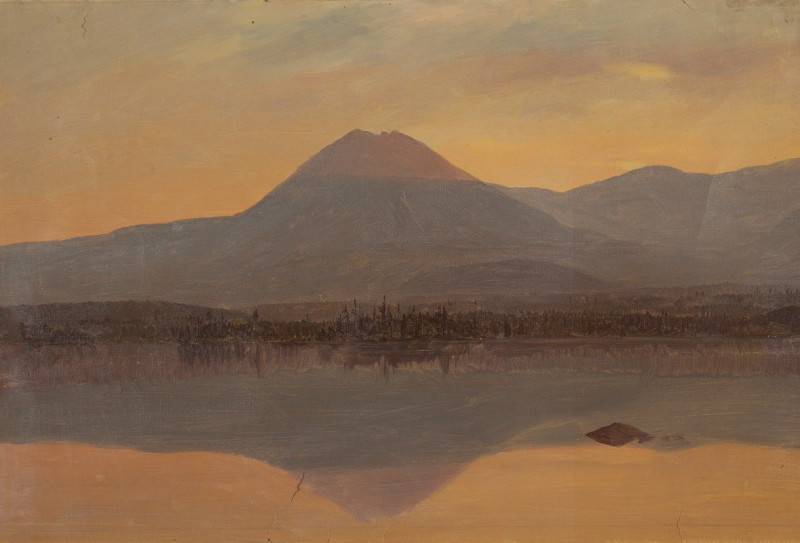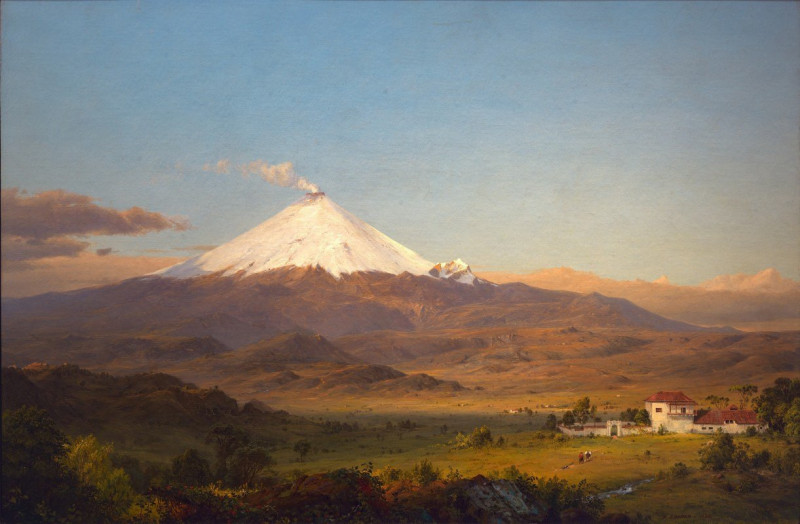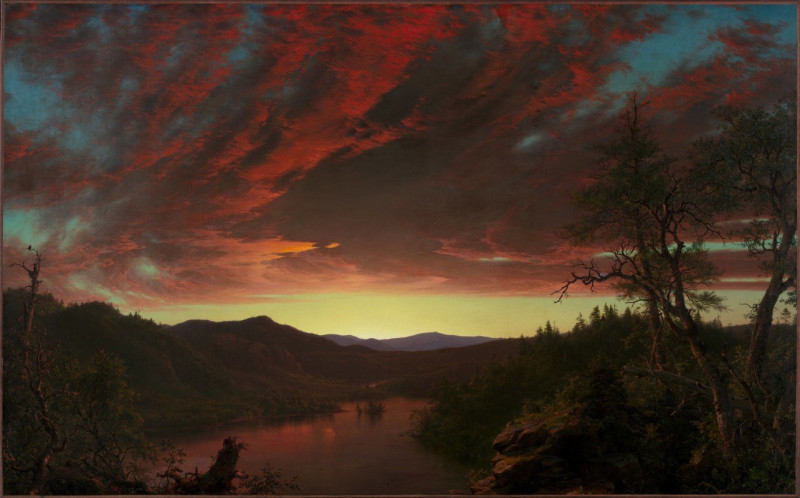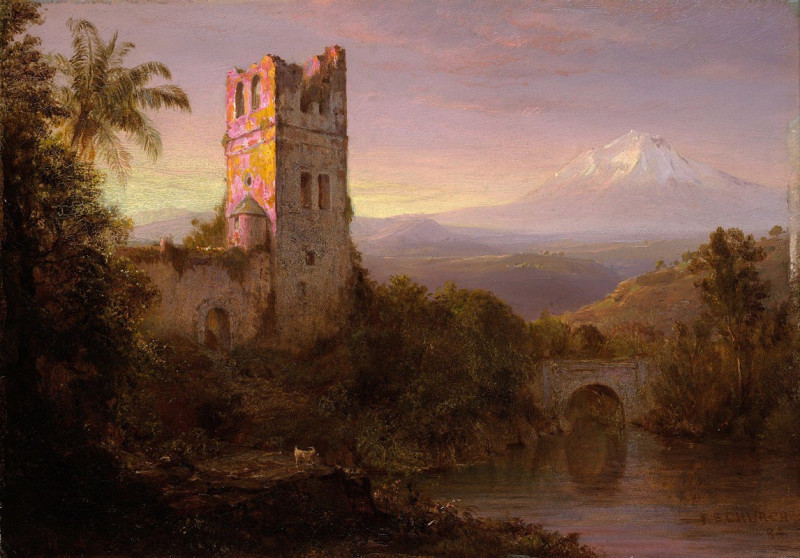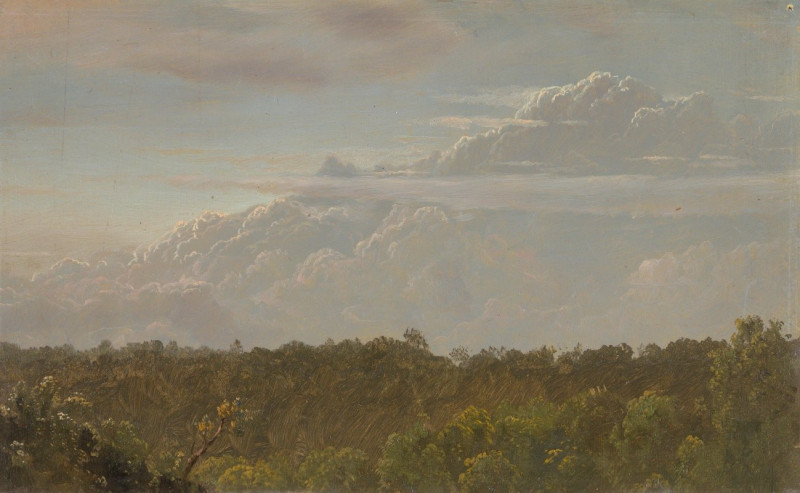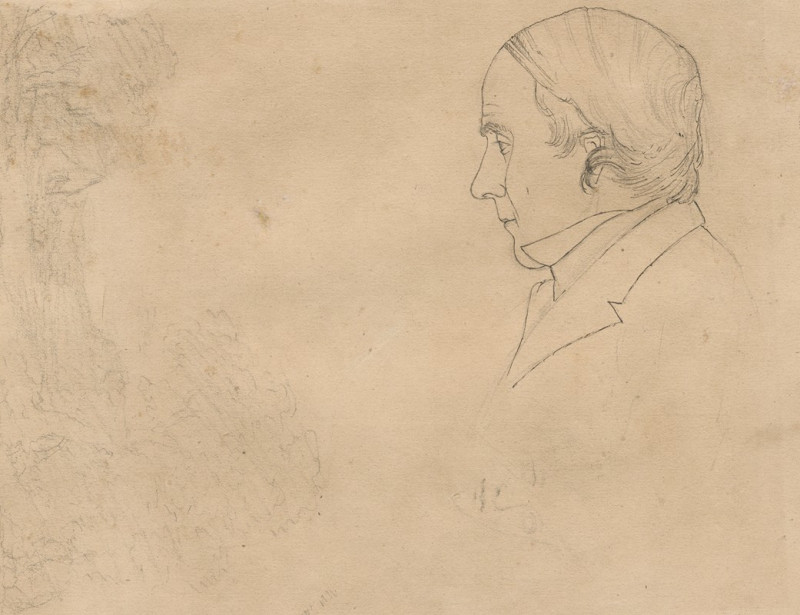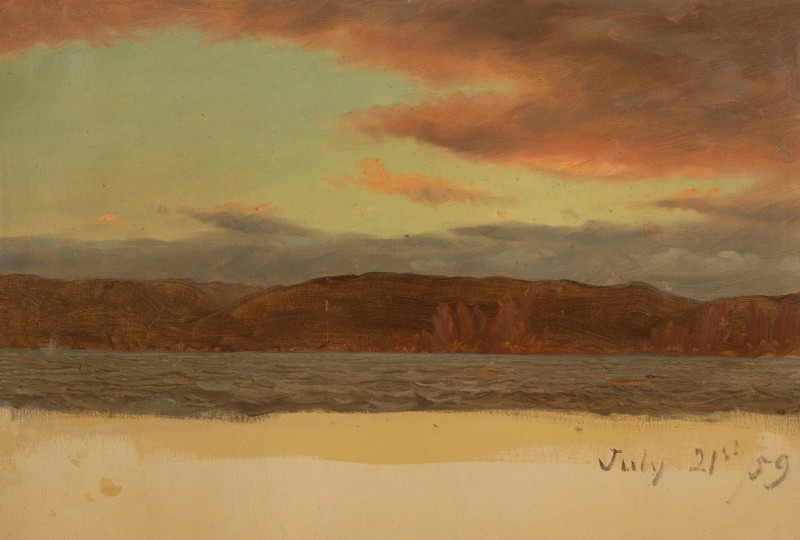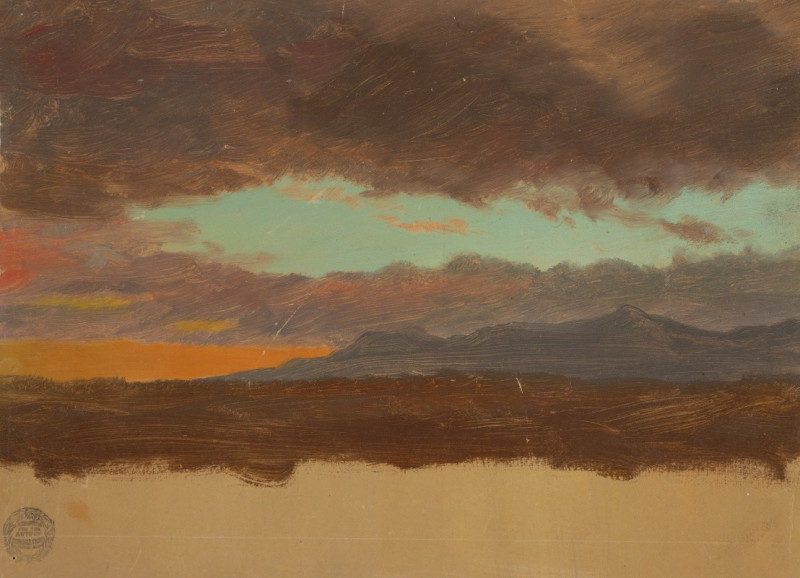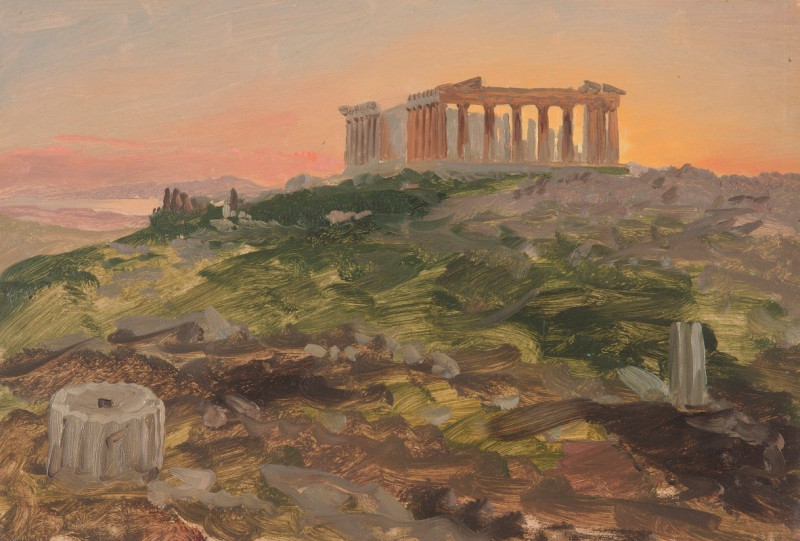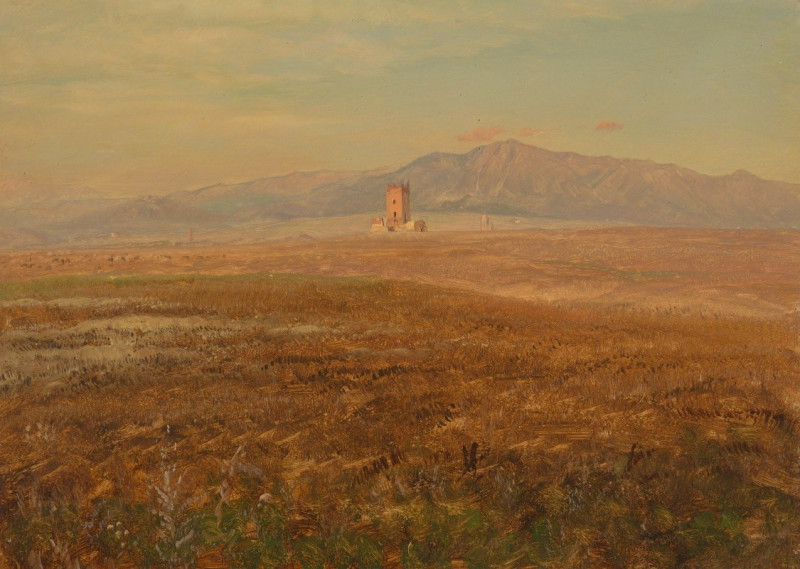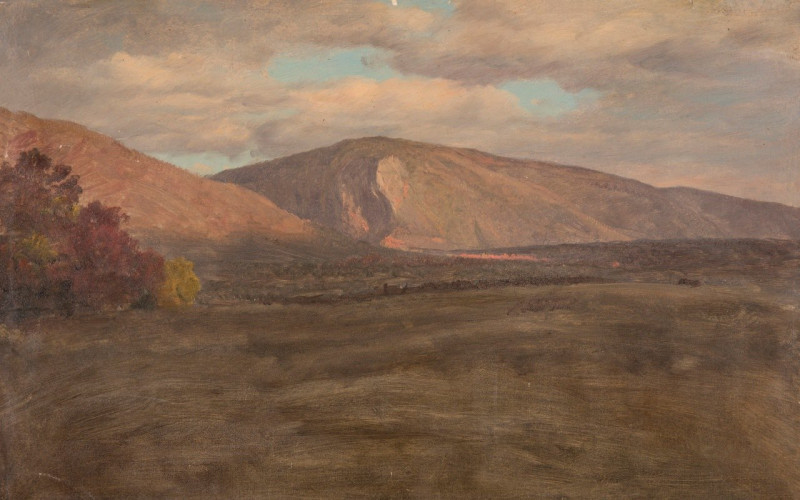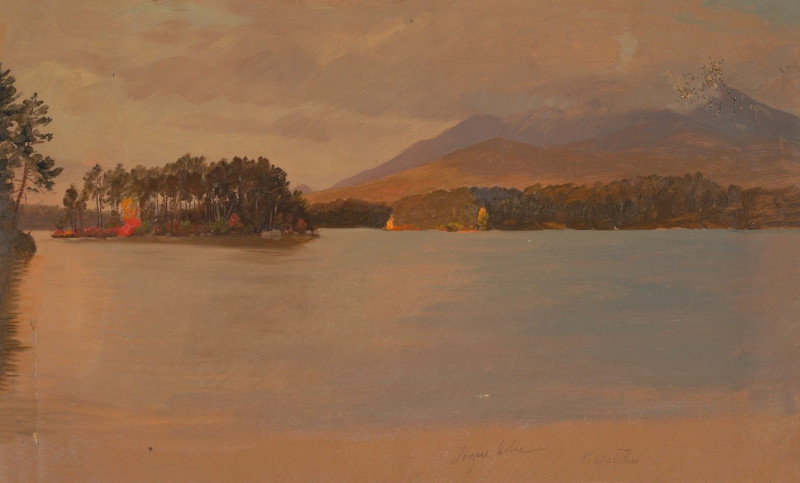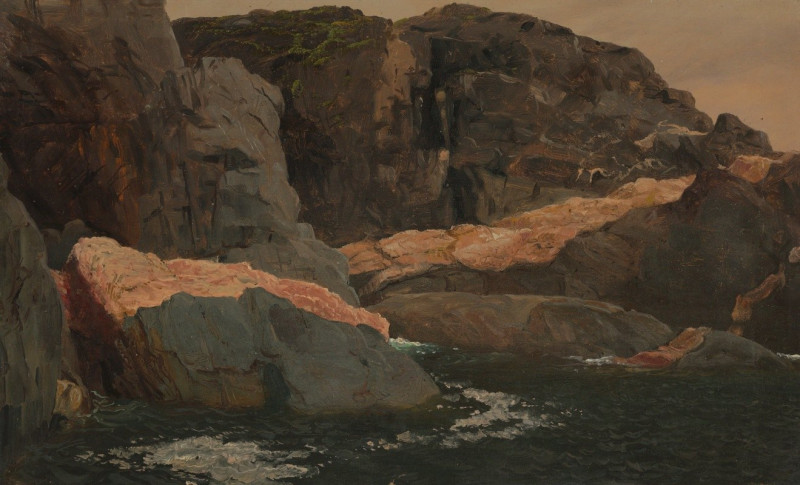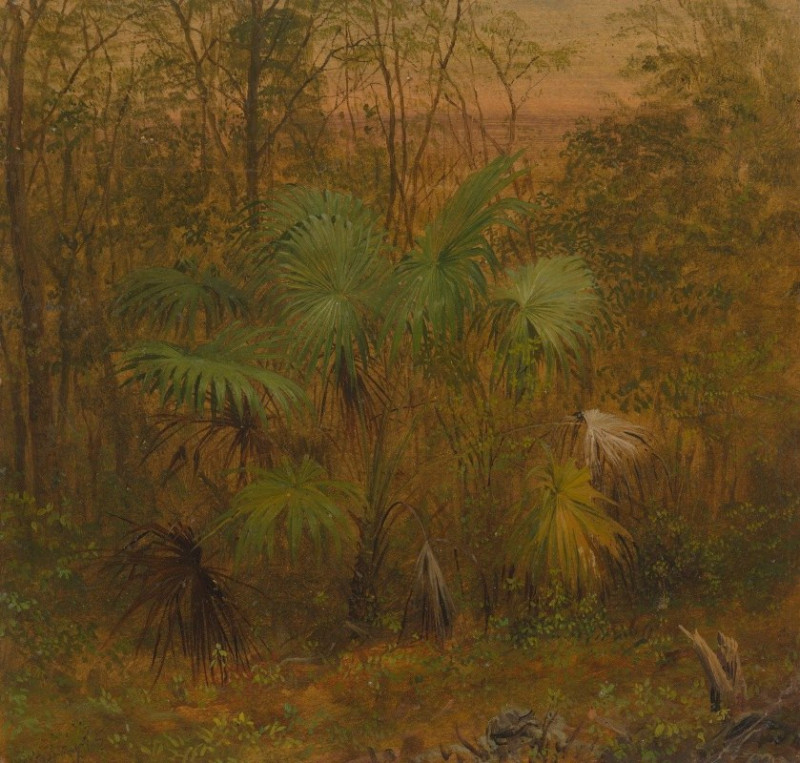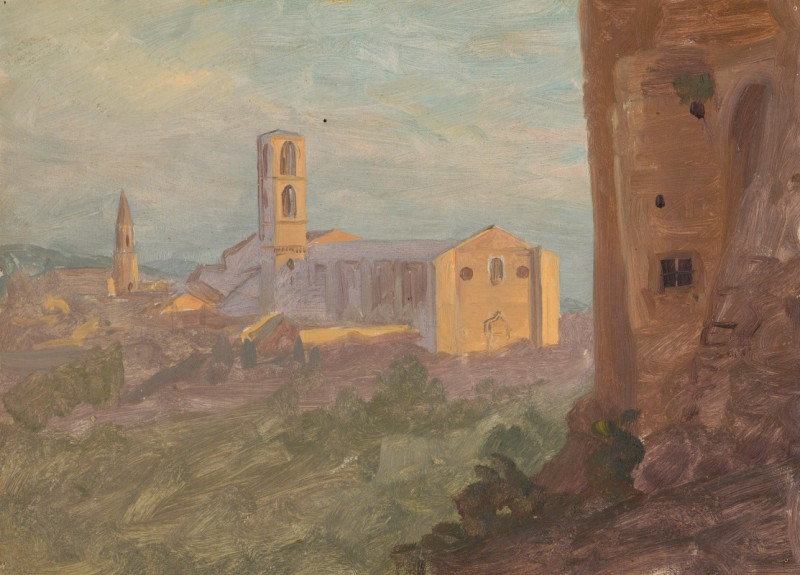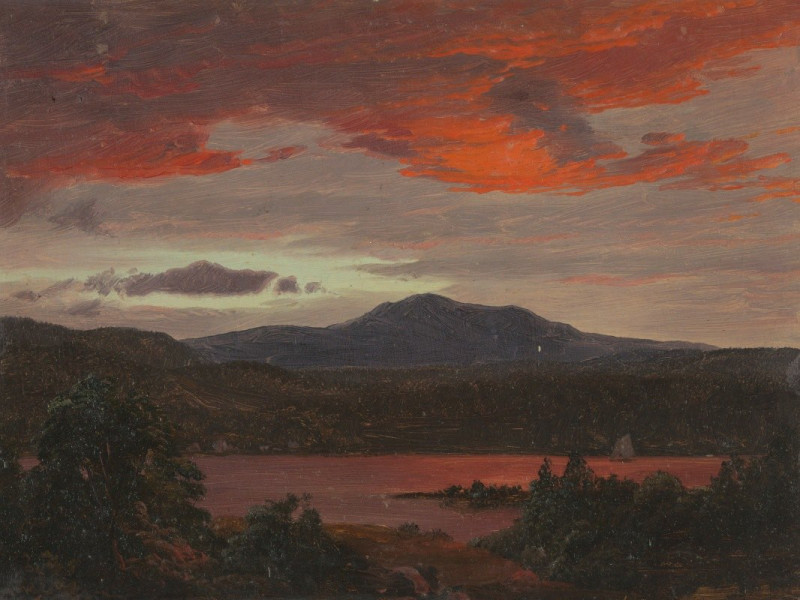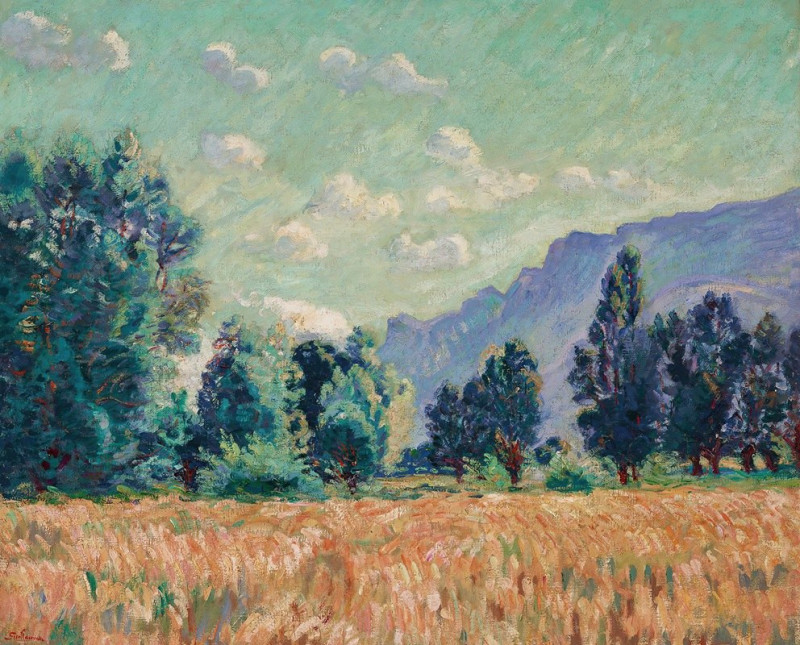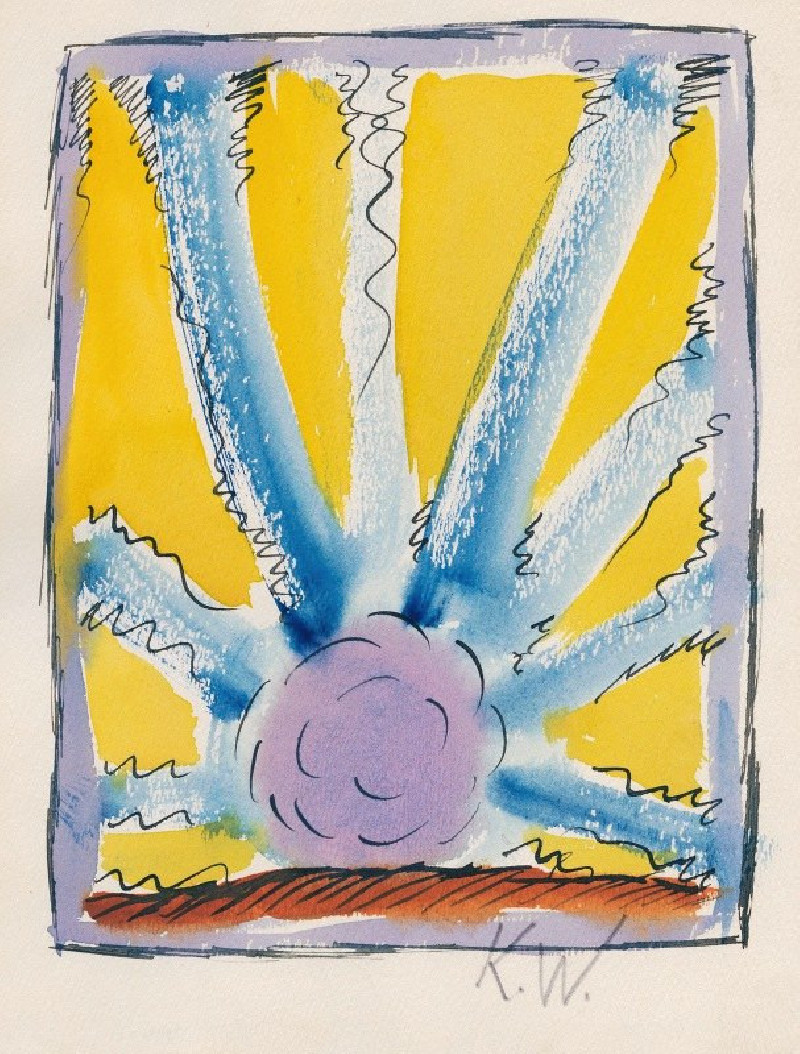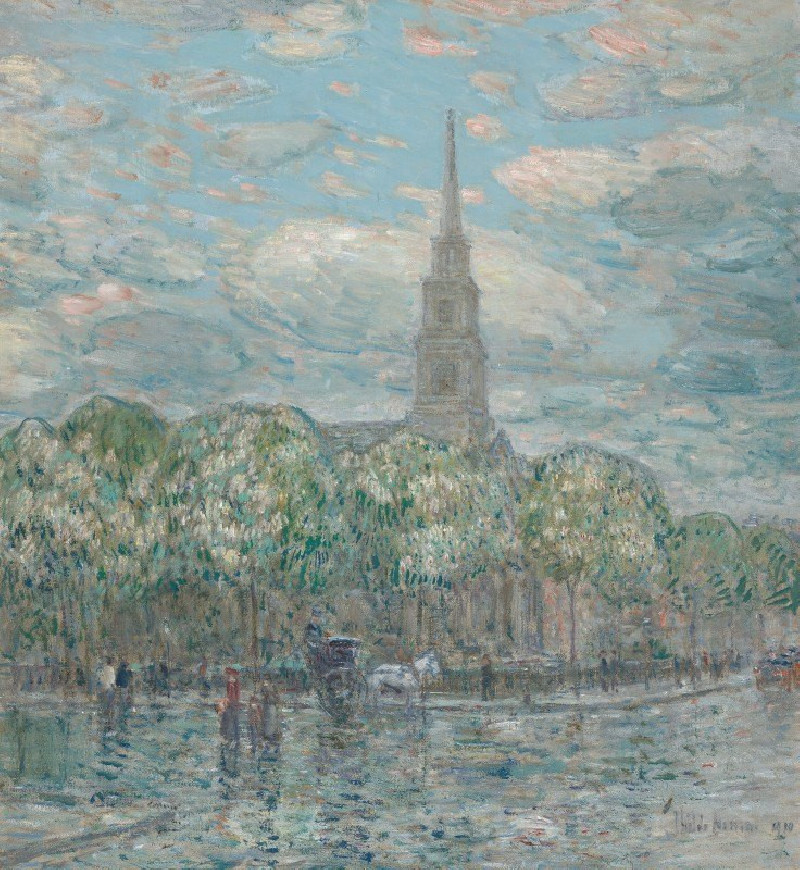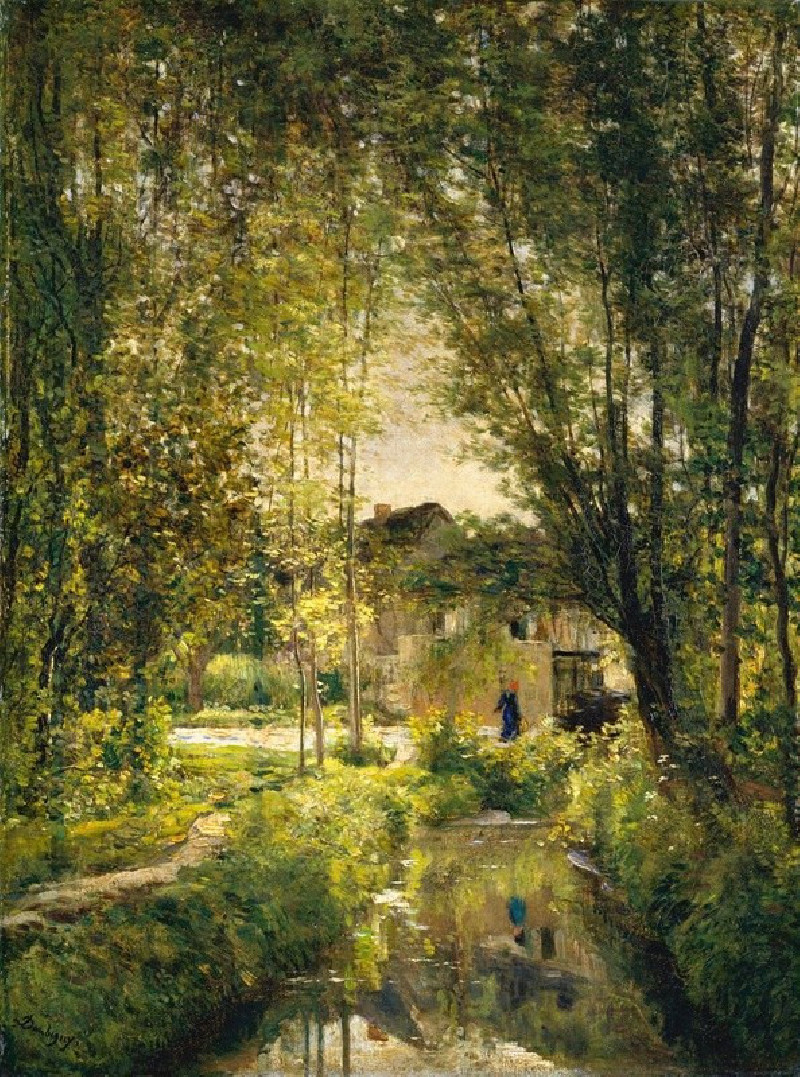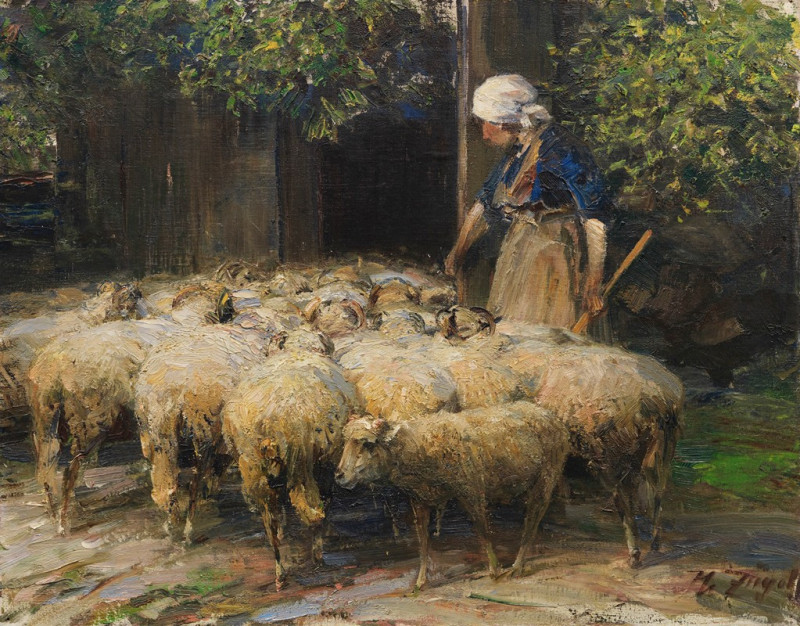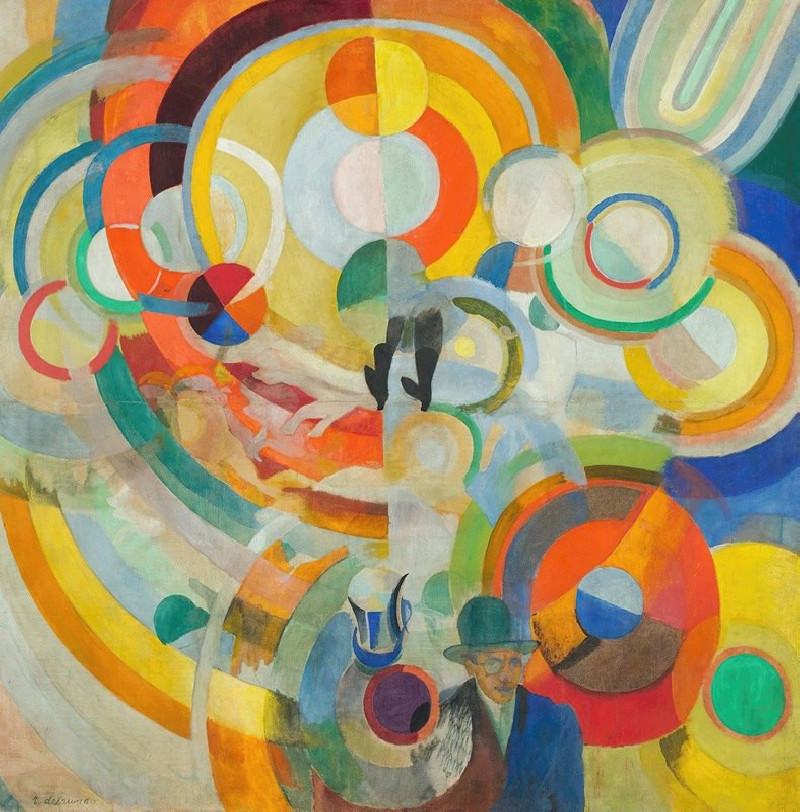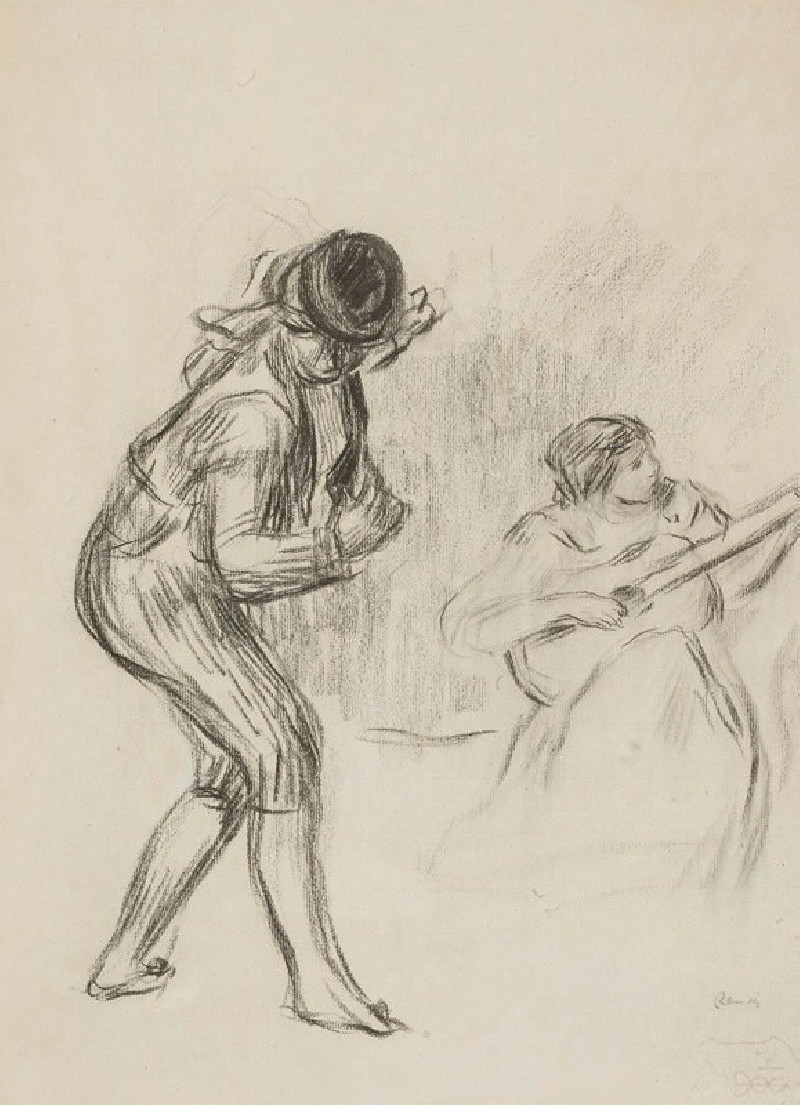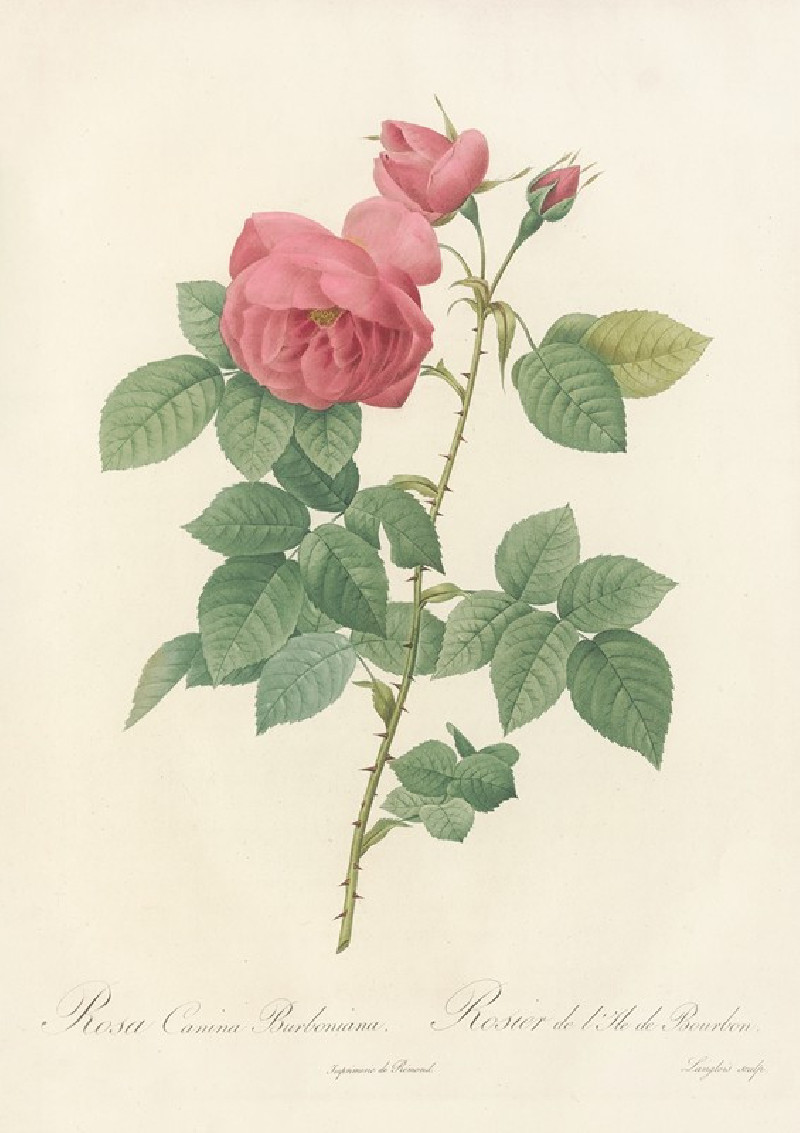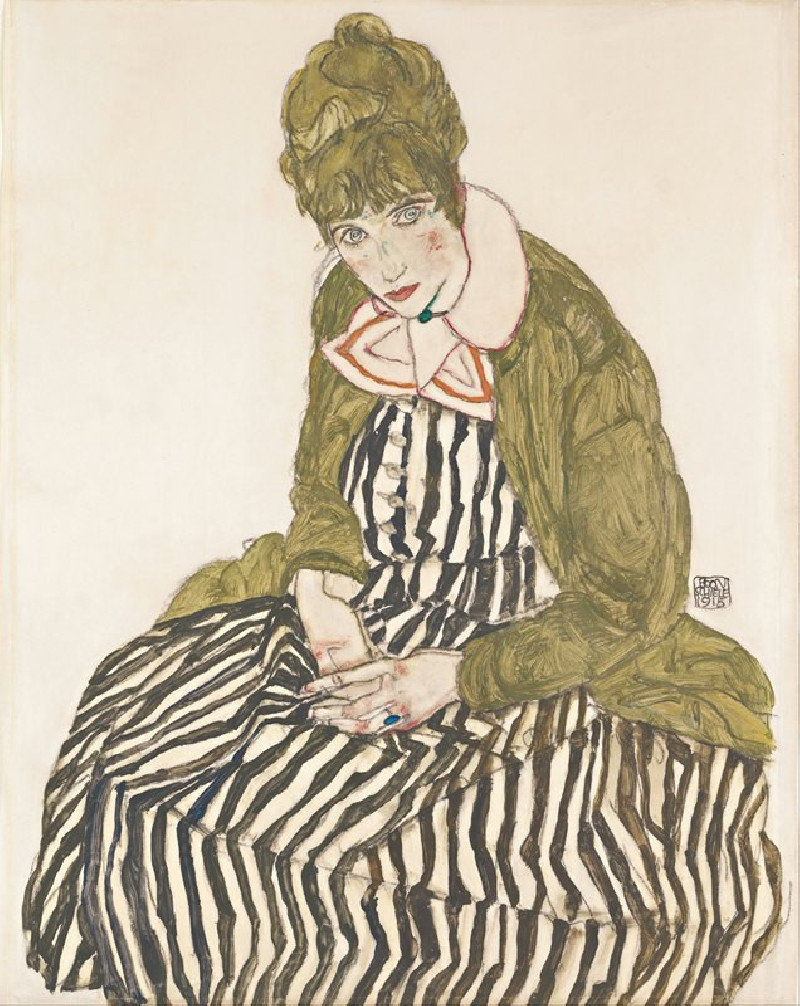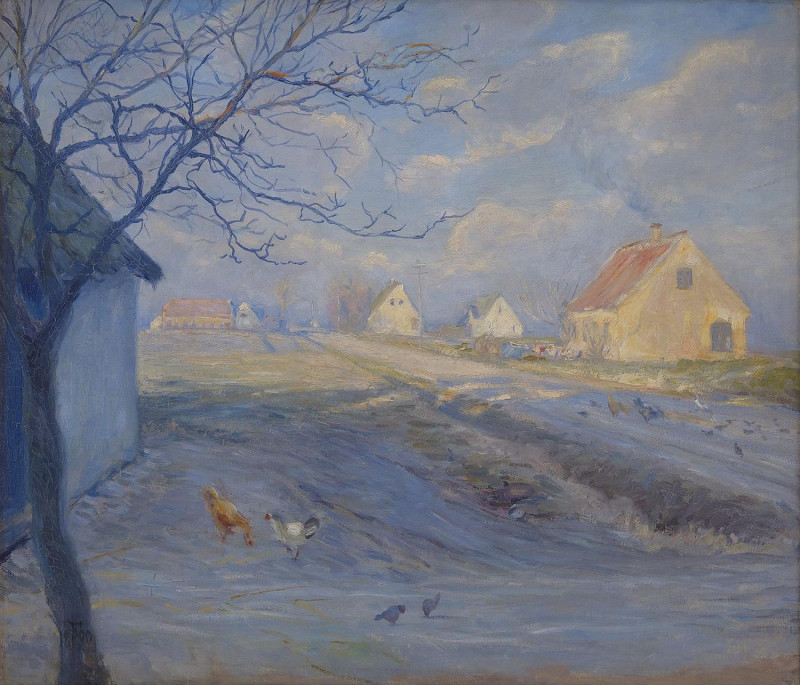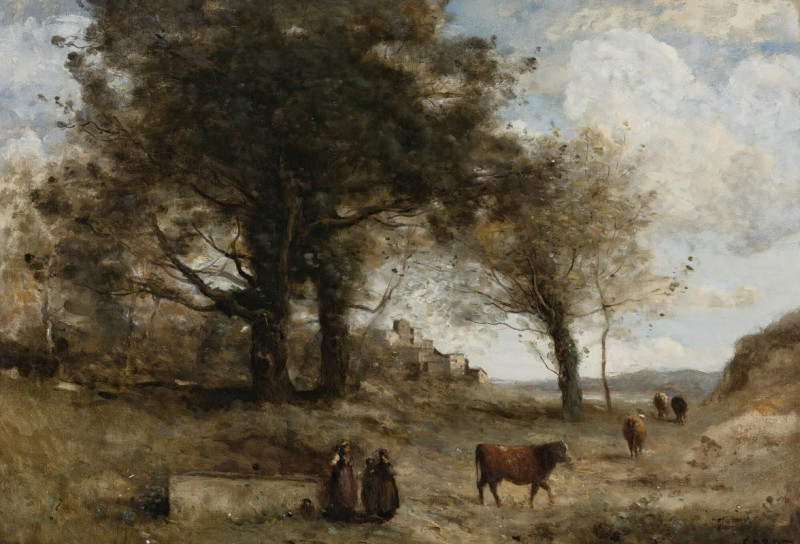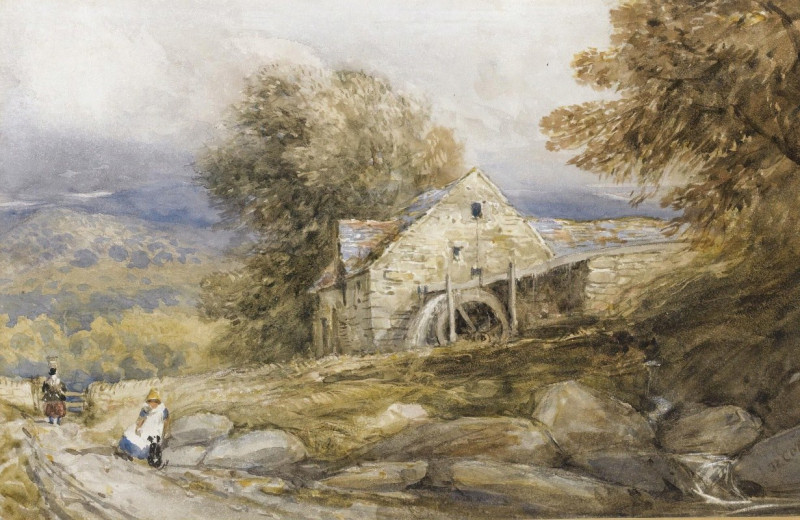The Goell, near Berchtesgeden (1868)
Technique: Giclée quality print
Recommended by our customers
More about this artwork
Frederic Edwin Church, a central figure in the Hudson River School of American landscape painters, explores European topography in his stunning 1868 work, "The Goell, near Berchtesgaden". Renowned for his expansive and detailed portrayal of nature, Church captures the sheer magnificence of the Bavarian Alps in this painting, inviting viewers into a serene yet grand landscape.The painting depicts a breathtaking view from the mountains near Berchtesgaden, an area known for its alpine beauty. Dominating the canvas are the rugged, sprawling slopes of the Göll mountain, basked in a soft, golden light. The sun-kissed peaks in the background contrast sharply with the deep browns and rich earth tones of the expansive hillsides that fill the foreground.Detail is meticulously rendered; every crevice and rill on the mountain face is visible, suggesting the untamed, raw beauty of nature. The foreground features a grassy knoll, a relatively gentler part of the landscape, where a couple of boulders lie strewn. This patch of green, highlighted by the warm sunlight, suggests a transient moment of softness amidst the overwhelming majesty of the alpine terrain.Church’s skillful use of lighting enhances the drama and depth of the mountains, playing with shadows and highlights to draw the eye across the vast distances captured on the canvas. The misty horizon softens the transition between the earth and the sky, creating a sense of infinite space and the sublime which is often sought in romantic landscape art.
Delivery
Returns
Frederic Edwin Church (May 4, 1826 – April 7, 1900) was an American landscape painter born in Hartford, Connecticut. He was a central figure in the Hudson River School of American landscape painters, best known for painting large landscapes, often depicting mountains, waterfalls, and sunsets. Church's paintings put an emphasis on realistic detail, dramatic light, and panoramic views. He debuted some of his major works in single-painting exhibitions to a paying and often enthralled audience in New York City. In his prime, he was one of the most famous painters in the United States.

